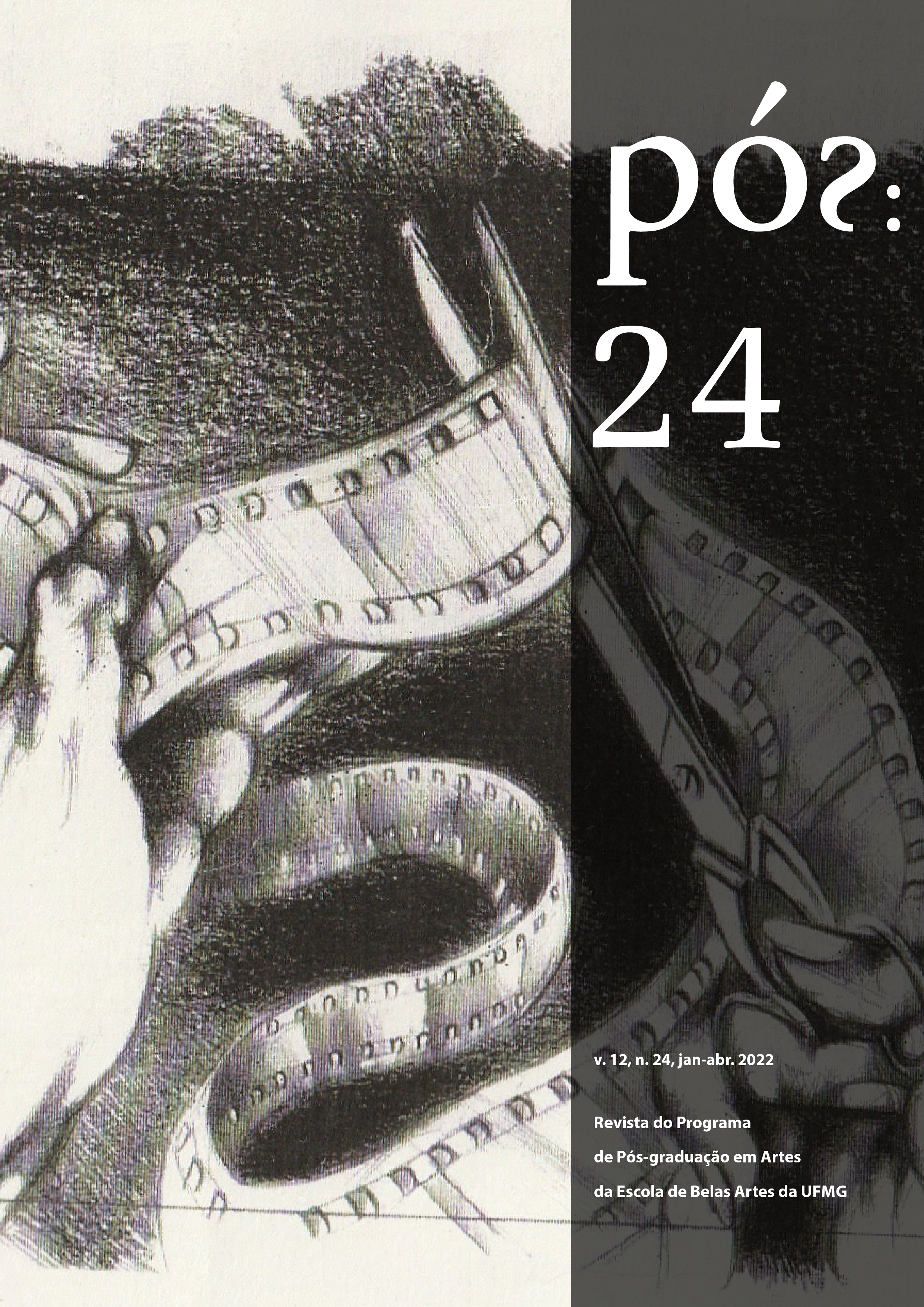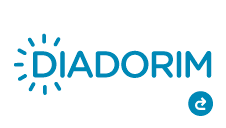Fundamentos para a análise das formas e opções enunciativas gráficas em Animação
DOI:
https://doi.org/10.35699/2237-5864.2022.37100Palabras clave:
Imagem em Animação, Enunciação Gráfica em Animação, Estudos de AnimaçãoResumen
A especificidade da ‘imagem’ em Animação, existente em diferentes mídia, não é considerada nos textos que procuram uma teoria geral e as publicações que lhe são dedicadas têm carácter introdutório, dirigindo-se ao estudante que quer aprender a fazer. Este ensaio tem como objetivo partilhar observações, obtidas por confronto com diferentes ocorrências, na expectativa de poder contribuir para a construção de um modelo coerente e sistemático sobre os elementos fundamentais e processos de enunciação gráfica do conteúdo de cada fotograma na sequência animada.
Descargas
Referencias
BENVENISTE, Emile. Problèmes de linguistique générale. Paris: Gallimard, 1974. v. 2.
BONITZER, Pascal. Peinture et cinéma: décadrages. Paris: Cahiers du cinema, 1985.
GIBSON, James J. The perception of the visual world. Boston: Houghton Mifflin, 1950.
GRAÇA, Marina E. Cinematic motion by hand. Animation Studies, n. 1, p. 1-7, 2006a, Disponível em: <https://journal.animationstudies.org/marina-estela-graca-cinematic-motion-by-hand/>.Acesso em: 19 set. 2021.
GRAÇA, Marina E. Entre o olhar e o gesto: elementos para uma poética da imagem animada. São Paulo: Editora SENAC, 2006b.
GRAÇA, Marina E. Handmade films: questioning and integrating cinematic technology. The International Journal of the Humanities, v. 3, n. 3, p. 101-106, 2005. Disponível em: <https://doi.org/10.18848/1447-9508/CGP/v03i03/41582>. Acesso em: 19 set. 2021.
GRIFFIN, Georges. Concrete Animation. Animation – An Interdisciplinary Journal, v. 2, n. 3, p. 259-274, nov. 2007. Disponível em: <https://doi.org/10.1177/1746847707083421>. Acesso em: 19 set. 2021.
GROBAR, Matt. ‘Boy & The World’ Directing Team on Discouraging Current Trends en Animation. Deadline, 20 fev. 2016. Disponível em <http://deadline.com/2016/02/oscars-boy-and-the-world-ale-abreu-priscilla-kellen-best-animated-feature-interview-1201701131/>. Acesso em: 19 set. 2021.
JONES, Chuck. Chuck Amuck: the Life and Times of an Animated Cartoonist. New York: Avon Books,1990 [1989]. JOUBERT-LAURENCIN, H. La lettre volante: quatre essais sur le cinéma d'animation. Paris: Presses Sorbonne Nouvelle, 1997.
KAMEN, Matt. Studio Ghibli's Isao Takahata on animating his final film. Wired, 2015. Disponível em: <http://www.wired.co.uk/article/isao-takahata-interview>. Acesso em: 19 set. 2021.
LATOUR, Bruno. Actor-network theory and after. Oxford: Blakcwell Publishers, 1999.
LEYDA, Jan. Eisenstein on Disney. Calcutta: Seagull Books, 1986.
MASSIRONI, Manfredo. Ver pelo desenho: Aspectos técnicos, cognitivos, comunicativos. Lisboa: Edições 70, 1989 [1982].
MCLAREN, Norman. Rencontre Internationale du Cinema d’Animation. Cinema 57 Magazine, n. 14,p. 12, 1956.
MITCHELL, William JT. Showing seeing: a critique of visual culture. Journal of visual culture, v.1, n. 2, p. 165-181, 2002.
ROSE, Gillian. Visual Methodologies: An Introduction to the Interpretation of Visual Materials. London: Sage, 2001.
SIFIANOS, Georges. The definition of Animation: a letter from Norman McLaren. Animation Journal, v. 3, n. 2, Spring 1995.
THE MAKING of RIDE. Direção: Paul Bush. Portugal, 2018. Vimeo (8min). Disponível em: <https://vimeo.com/285806507>. Acesso em: 23 mar. 2022.
Descargas
Publicado
Número
Sección
Licencia
Derechos de autor 2022 Marina Estela Graça

Esta obra está bajo una licencia internacional Creative Commons Atribución-NoComercial 4.0.
Los autores que publican en esta revista aceptan los siguientes términos:
- Los autores conservan los derechos de autor y conceden a la revista el derecho de primera publicación, con el trabajo bajo la Licencia Creative Commons Attribution-NonCommercial 4.0 International License que permite compartir el trabajo con reconocimiento de autoría y publicación inicial en esta revista;
- Los autores pueden celebrar contratos adicionales por separado, para la distribución no exclusiva de la versión del trabajo publicado en esta revista (por ejemplo, publicar en un repositorio institucional o como capítulo de un libro), con reconocimiento de autoría y publicación inicial en esta revista.
- Se permite y anima a los autores a publicar y distribuir su trabajo en línea (por ejemplo, en repositorios institucionales o en su página personal) en cualquier momento antes o durante el proceso editorial, ya que esto puede generar cambios productivos, así como aumentar el impacto y la cita del trabajo publicado.
- Es responsabilidad de los autores obtener permiso escrito para utilizar en sus artículos materiales protegidos por la ley de derechos de autor. La Revista PÓS no se hace responsable de las violaciones de los derechos de autor de sus colaboradores.












